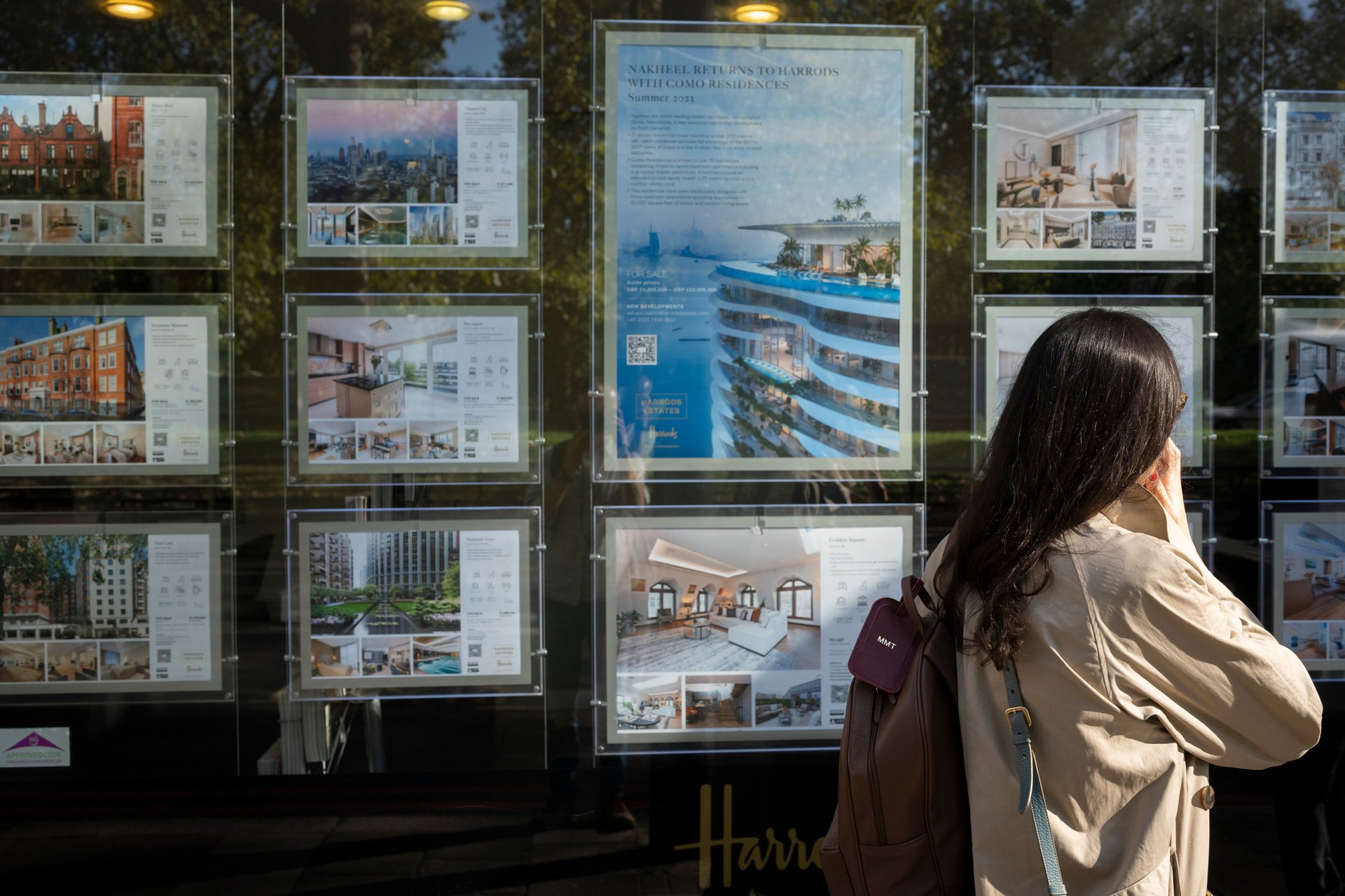Demand for home loans in the US hasn't been this low since the 90s
Climbing mortgage rates and low inventory with higher prices continue to make housing less affordable

New applications for mortgages have fallen 6.9% from a week ago, a decrease in demand that hasn’t been seen since 1995, according to a survey released today (Oct. 18) by the Mortgage Bankers Association (MBA). The association keeps a weekly index tracking changes in mortgage applications. Applications for a 30-year conventional mortgage to purchase a home are 21% lower than the same week one year ago, showing that potential homebuyers are continuing to pull back and reassess their strategies for affordable housing.
Suggested Reading
“Both purchase and refinance applications declined, driven by larger drops for conventional applications,” Joel Kan, MBA’s vice president and deputy chief economist, said in a statement. Kan indicated that some borrowers are looking for alternative ways to lower their monthly payments.
Related Content
Low inventory, higher prices, and higher interest rates
The hesitation to buy is due to reduced purchasing power, thanks to higher rates, and the ongoing lack of available inventory, according to the MBA. The average interest rate for a 30-year fixed mortgage for $726,200 or less increased to 7.70% from 7.67% the week prior. The average interest rate for the same type of mortgage was 6.94% a year ago. Mortgage rates increased again to 7.92% yesterday (October 17).
In addition to bidding wars and paying the conventional 20% downpayment upfront, new homeowners are faced with higher costs overall. The adjustable-rate mortgage (ARM) share is 9.3%, the highest share in 11 months, meaning more homebuyers are opting for them. ARMs offers lower rates and can be fixed for up to 10 years before the rate resets. This indicates that more buyers are turning to ARMs to gain more purchasing power. But ARMs are generally riskier because chances are the interest rate will increase higher unless rates fall, versus locking in a fixed rate that may already be high but not as high as it could be. If interest rates do not lower, then those homebuyers with ARMs would be paying more for their homes in the long-run without refinancing.